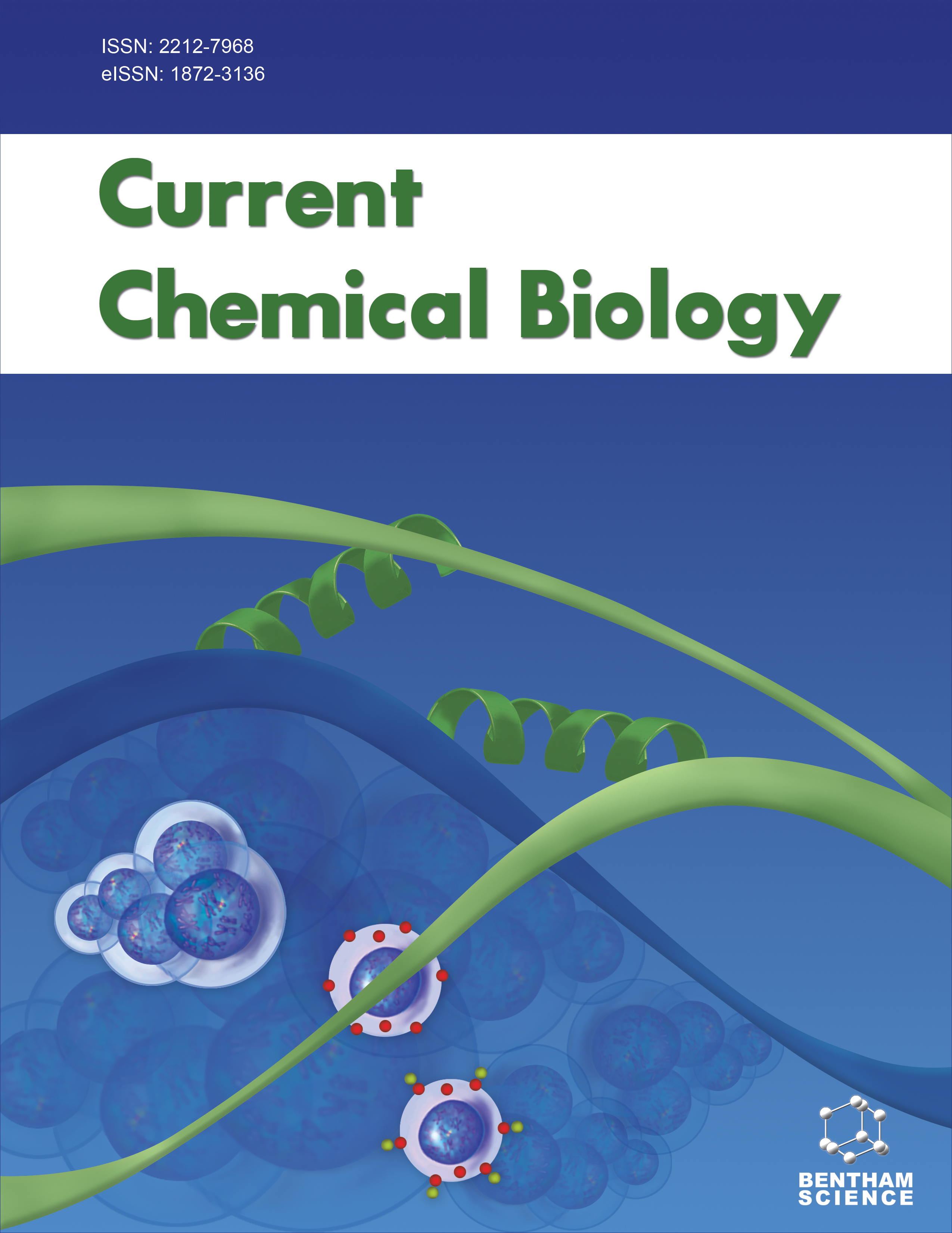
Full text loading...
We use cookies to track usage and preferences.I Understand
Dandruff is not a disease in the traditional sense but rather a common scalp condition. It is usually a mild and harmless issue characterized by the flaking of dead skin cells from the scalp. Although it may not be a serious health concern, it can be a source of discomfort and embarrassment for some individuals. This study aimed to determine the antimicrobial potential and phytochemical analysis of Punica granatum peel.
The methanol extract of the peel was fractionated using column chromatography. The antimicrobial activity was assayed by In vitro and In silico methods against the microbes that are dominantly found in dandruff sufferers viz. Staphylococcus epidermidis, Propionibacterium acne, and Malassezia furfur.
Aqueous fraction (Fr-V) and its hexane sub-fraction (Va) were most active with the maximum zone of Inhibition (ZOI) in a range of 36-42 mm at P<0.05. Minimum Inhibitory Concentration (MIC) of sample fractions was in the range of 0.05-0.81 mg/mL. GC-MS analysis determined that methyl palmitate, 1-hexacosene, 1-heneicosyl formate, and 7-tetradecene in Fr-V, whereas methyl oleate and methyl stearate in Fr-Va, were the major phytoconstituents. Among all 1-Heneicosyl formate, 10-Heneicosene, and 1-Hexacosene showed the best docking score against Mflip1 lipase of Malassezia furfur i.e., -7.76, -7.43 and -7.34 kcal/mol.
Treatment for dandruff involves anti-dandruff shampoos containing active ingredients like pyrithione zinc, salicylic acid, ketoconazole, or selenium sulfide. People consider plant-based ingredients and natural remedies as alternatives to chemical ingredients for various purposes including skincare and haircare. Thereby, bioactive compounds identified in peel fractions could be used in anti-dandruff products.

Article metrics loading...

Full text loading...
References


Data & Media loading...

